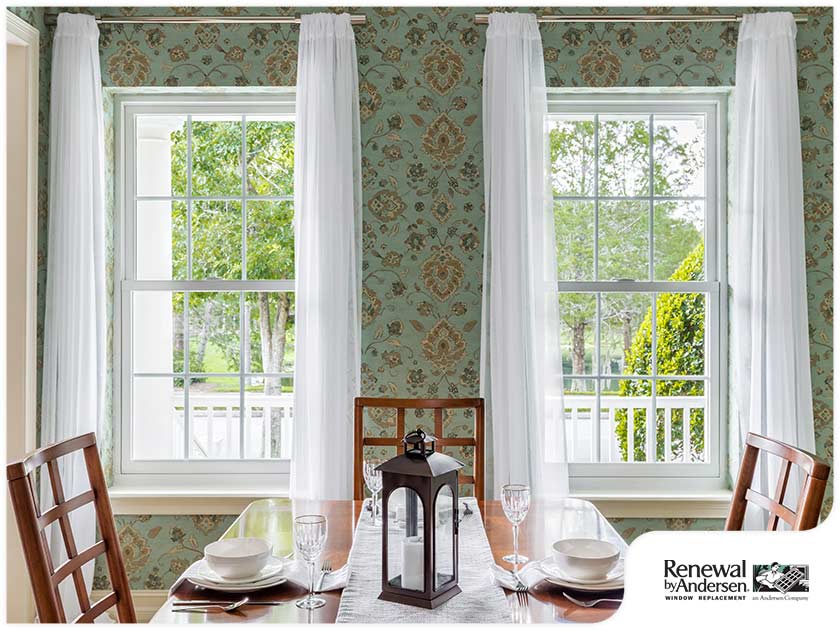MENU


As a homeowner, you’ve probably heard of the words “muntin” and “mullion”, especially when it comes to handling windows or even French doors. These are actually window terms, with the words themselves being quite old. With the words sounding alike, it wouldn’t be uncommon to get confused with their definitions. How do they differ from each other?

Early builders used muntins because they were structurally necessary, since the outer walls of early structures were unable to carry the weight when large windows were placed in the walls. Muntins are installed so the weight is transmitted vertically. Even though muntins today are often associated with windows, they actually mean any kind of vertical divider, whether for windows, doors, furniture or wood panels.
The earliest reference to a muntin can be traced back to 1688, when the writer R. Holme described it as “moontans and panels.” But the clearest early definition comes in 1850, from an English architectural glossary that spoke of “English joiners [who] apply the term ‘muntin’ to the intermediate upright bars of framing and call the outside uprights styles.”
Mullions are only slightly different from muntins, so the term is sometimes used when it comes to windows and glass-paned doors. According to the Oxford English Dictionary, a mullion is “a vertical bar between the panes of glass in a window.” Prior to the Victorian Age and the advent of inexpensive plate glass, it was impossible or prohibitive to manufacture large sheets of glass. Giant expanses of windows were achieved by holding smaller panes of glass together by supportive mullions. A mullion only refers to the vertical piece of wood separating the panes of glass, not both the verticals and the horizontal stile pieces.
Today, only a few companies actually differentiate the two words, since not all buyers take the time to know their subtle differences. But sometimes, if the homeowner desires it, they can have the illusion of having mullions or muntins in their windows if it suits their home’s architecture. These are actually created by sandwiching thin strips of aluminum or plastic between double-paned glass, or by affixing a grille onto the outside of the glass. Keep in mind that this is only a visual upgrade, so it doesn’t usually affect the window’s performance.
When you need professional contractors who specialize in replacing sliding patio doors, consider hiring Renewal by Andersen® of New Jersey. Call us today at (866) 609-5033, or you can also contact us through our convenient online form. We serve our customers in New Jersey, including Hillsborough and nearby areas.